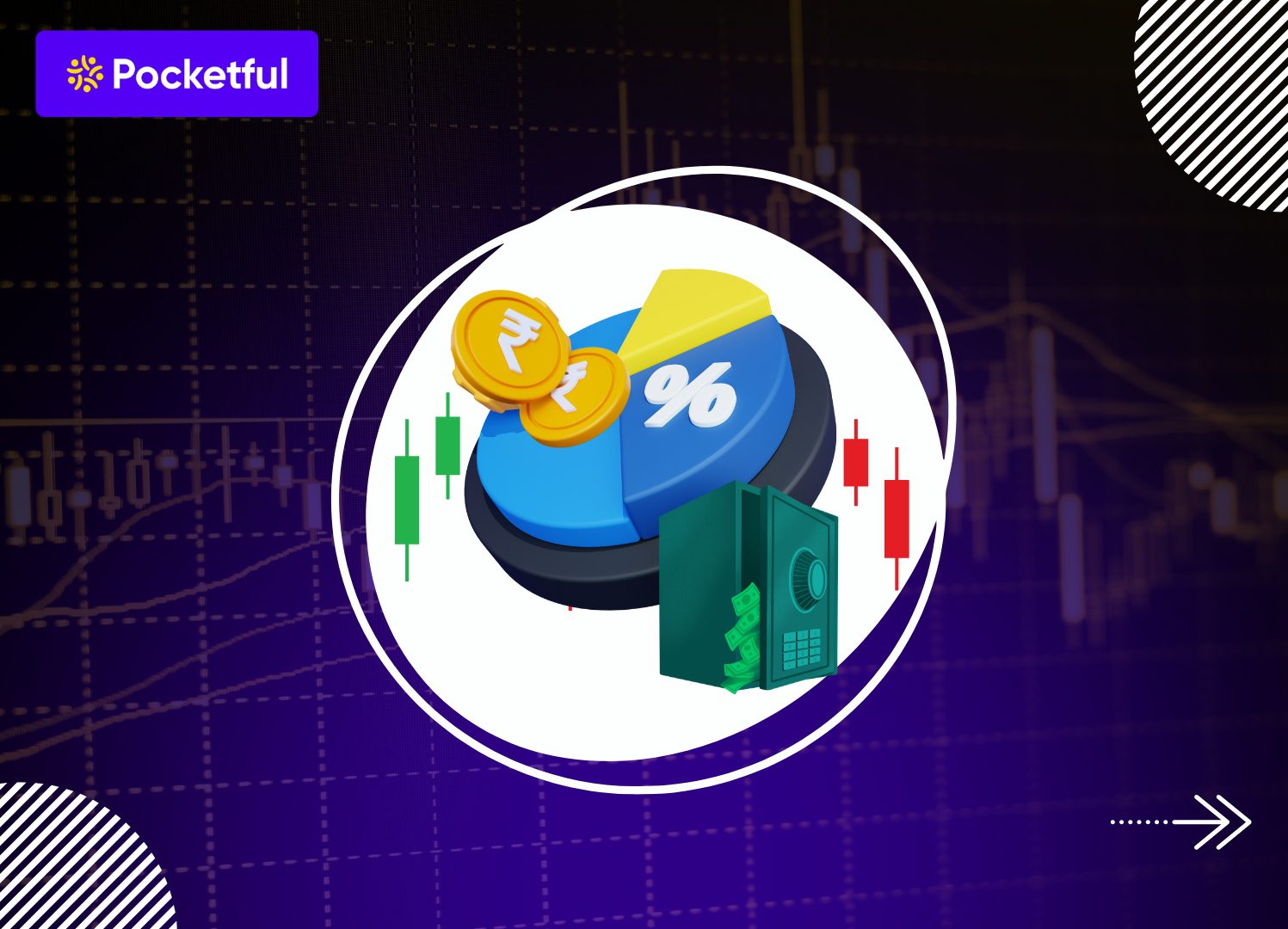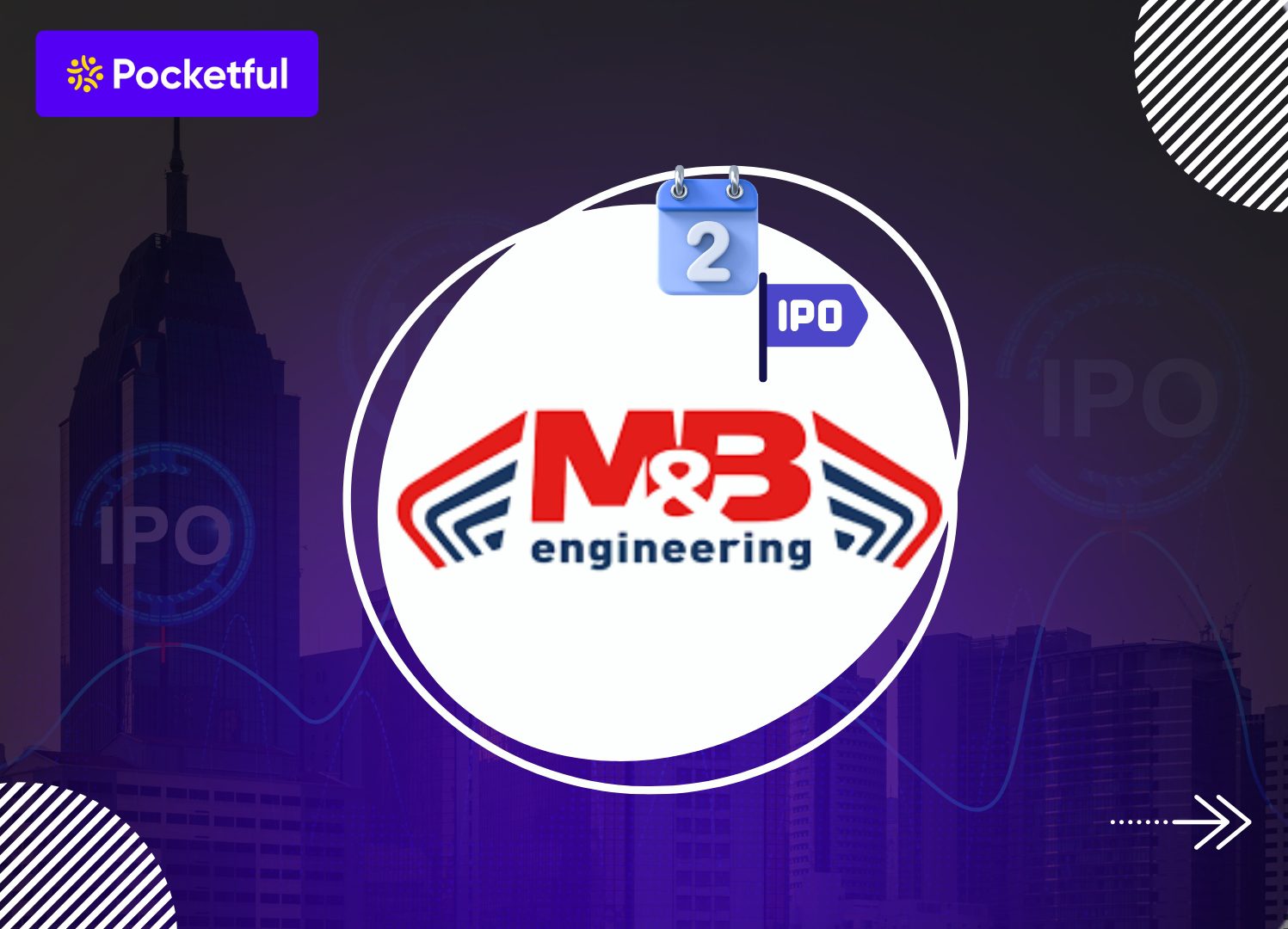Interest in the Indian stock market has grown sharply since 2020, as millions of people began their investment journey due to the huge returns generated by the markets. Listed broking companies in India have directly benefited from this. Today, there are more than 19 crore demat accounts active in the country, and with this pace, the business of top stock broking companies in India has also grown rapidly.
This blog will discuss the list of best stock broking stocks in India that not only provide stock broking services, but have themselves a strong investment option.
What is the Stock of a Stock Broking Company?
When you avail the services of a broking company like buying and selling shares after opening a demat and trading account; then you are a customer of that company. But when you buy shares of the same broking company, you become its shareholder. Some broking companies are listed on the stock exchange, and you can buy and sell their shares like any other stock. The profits that these companies make from their business i.e., brokerage, distribution fees, margin funding interest, etc. directly benefits their investors. These stocks are also called proxy stocks because they are directly linked to the growth of the stock market. That is, when the market does well, more demat accounts are opened and their business tends to perform well.
Top 10 Broking Companies in India Based on Market Capitalisation
| Company | Current Market Price (in ₹) | Market Capitalisation (in ₹ crore) | 52-Week High (in ₹) | 52-Week Low (in ₹) |
|---|---|---|---|---|
| Aditya Birla Capital Ltd. | 254 | 66,411 | 283 | 149 |
| Motilal Oswal Financial Services | 926 | 55,506 | 1,064 | 488 |
| Nuvama Wealth Management Ltd | 7,000 | 25,204 | 8,510 | 4,568 |
| Angel One Ltd. | 2,589 | 23,442 | 3,503 | 1,941 |
| Geojit Financial Services | 73.3 | 2,046 | 159 | 60.7 |
| SMC Global Securities Ltd. | 142 | 1,490 | 169 | 99 |
| 5Paisa Capital Ltd. | 384 | 1,199 | 607 | 311 |
| Arihant Capital Markets Ltd. | 99.2 | 1,033 | 125 | 56.3 |
| Emkay Global Financial Services Ltd. | 240 | 611 | 370 | 162 |
| Indbank Merchant Banking Services Ltd. | 33 | 146 | 54.4 | 23.5 |
Read Also: Top Leverage Trading Brokers in India
Overview of the Listed Broking Companies in India
A brief overview of the best stock broking companies in India is given below:
1. Aditya Birla Capital Ltd
Aditya Birla Capital is a large and diversified financial group, which offers life insurance, health insurance, asset management and loan services along with stock broking services. Its broking services are offered through its subsidiary named Aditya Birla Money. Strong brand name and multi-segment presence make it a diversified financial services company.
Know the Returns:
| 1Y Return | 3Y Return | 5Y Return |
|---|---|---|
| 11.58% | 136.20% | 378.29% |
2. Motilal Oswal Financial Services Ltd
Motilal Oswal Financial Services Ltd needs no introduction in the world of investment. For years, this company has been providing services not only in stock broking but also research, mutual funds and wealth management. Its biggest strength is the in-depth research and the way it understands the needs of every client. Motilal Oswal is a strong option for those who take investment seriously and want to invest with a long-term perspective.
Know the Returns:
| 1Y Return | 3Y Return | 5Y Return |
|---|---|---|
| 40.10% | 379.09% | 437.94% |
3. Nuvama Wealth Management Ltd
Formerly known as Edelweiss Broking, Nuvama Wealt Management Ltd is a key player in the stock broking and wealth management industry. The company focuses on high net worth clients and the private wealth segment. Apart from this, it also provides services like research, investment banking and asset advisory. After rebranding, Nuvama has further strengthened its digital presence and has an easy to use mobile application.
Know the Returns:
| 1Y Return | 3Y Return | 5Y Return |
|---|---|---|
| 10.02% | 153.65% | 154.75% |
4. Angel One Ltd
Angel One is one of the few brokerage companies that has successfully transitioned from being a full-service broker to becoming a well-known discount broker. Its app is very easy to use, which is why millions of new investors prefer it. Apart from stock broking services, it also provides research reports, portfolio tracking and other tools. Its presence has increased in cities as well as small towns. Angel One has become a trusted name for those who are looking to begin their investment journey at low cost.
Know the Returns:
| 1Y Return | 3Y Return | 5Y Return |
|---|---|---|
| 19.83% | 88.37% | 845.05% |
5. Geojit Financial Services Ltd
Geojit Financial Services Ltd is a trusted name in the stock broking industry and has a very strong hold especially in South India. This company not only provides trading platforms but also offers mutual funds, insurance and wealth management. Its clients include a large number of retail investors and NRIs. Geojit’s specialty is its customer service and advisory support to investors. The company is constantly improving its digital infrastructure, increasing both its reach and ensuring customer satisfaction.
Know the Returns:
| 1Y Return | 3Y Return | 5Y Return |
|---|---|---|
| -27.03% | 59.43% | 132.31% |
6. SMC Global Securities Ltd
SMC Global Securities is a diversified financial services company established in 1990 in New Delhi, India. Founded by Subhash C. Aggarwal and Mahesh C. Gupta, SMC offers comprehensive financial services including brokerage across equities, derivatives, commodities and currency; investment banking; wealth management; insurance broking; NBFC financing; and research services through its extensive network of over 95 branches across 550 cities serving more than 1.9 million clients.
Know the Returns:
| 1Y Return | 3Y Return | 5Y Return |
|---|---|---|
| -6.36% | 61.75% | 56.59% |
7. 5Paisa Capital Ltd
5Paisa Capital Ltd is made for those who want to invest on their own at a low cost. Its platform is simple and designed keeping the beginner investor in mind. Opening a demat account and trading from your mobile without visiting a branch is as easy. Its fees are also very low, which attracts new traders a lot. If you want to invest digitally without much hassle, then 5Paisa can be a good option.
Know the Returns:
| 1Y Return | 3Y Return | 5Y Return |
|---|---|---|
| -22.34% | 37.60% | 17.82% |
8. Arihant Capital Markets Ltd
Arihant Capital Markets Ltd Capital is a stock broking company active in many parts of the country, especially in small towns. This company also provides broking services in equity, currency, commodity and other wealth management services. Arihant’s focus has been on customer-centric approach and affordable fee structure. Its app and online platform are getting good response among the users. Stable growth and strong customer support makes it an emerging option.
Know the Returns:
| 1Y Return | 3Y Return | 5Y Return |
|---|---|---|
| 26.60% | 32.21% | 279.85% |
9. Emkay Global Financial Services Ltd
Emkay Global Financial Services Ltd is a research-driven broking firm that focuses exclusively on institutional and high value clients. This company has a strong presence in equity research, broking, investment banking and advisory services. Emkay is known for its in-depth research reports and client-centric approach. Its services are generally considered suitable for professional and serious investors who want to make data-driven decisions.
Know the Returns:
| 1Y Return | 3Y Return | 5Y Return |
|---|---|---|
| 24.64% | 227.81% | 455.22% |
10. Indbank Merchant Banking Services Ltd
Indbank Merchant Banking Services Ltd is a public sector company and a subsidiary of Indian Bank. Its platforms offer online trading, stock broking as well as depository and advisory services. This company is considered a stable and reliable option among low-risk investors seeking to invest in the government backed company.
Know the Returns:
| 1Y Return | 3Y Return | 5Y Return |
|---|---|---|
| -39.76% | 63.01% | 407.85% |
Key Performance Indicators (KPIs)
| Company | Operating Margin (%) | Net Profit Margin (%) | ROE (%) | ROCE (%) | Debt to Equity |
|---|---|---|---|---|---|
| Aditya Birla Capital Ltd. | 34.78 | 7.37 | 10.96 | 10.69 | 4.59 |
| Motilal Oswal Financial Services | 54.25 | 30.07 | 22.58 | 20.38 | 1.33 |
| Nuvama Wealth Management Ltd | 51.29 | 23.51 | 28.25 | 57.04 | 2.25 |
| Angel One Ltd. | 36.01 | 22.37 | 20.85 | 32.79 | 0.60 |
| Geojit Financial Services | 34.11 | 22.32 | 14.46 | 20.14 | 0.10 |
| SMC Global Securities Ltd. | 22.46 | 8.26 | 11.96 | 27.29 | 1.36 |
| 5Paisa Capital Ltd. | 31.98 | 18.97 | 11.30 | 18.60 | 0.36 |
| Arihant Capital Markets Ltd. | 36.67 | 22.44 | 15.26 | 22.90 | 0.25 |
| Emkay Global Financial Services Ltd. | 20.13 | 16.93 | 18.74 | 16.67 | 0.19 |
| Indbank Merchant Banking Services Ltd. | 43.40 | 31.60 | 9.23 | 12.67 | 0.00 |
Read Also: 10 Best Fintech Stocks in India
Factors to be Considered Before Investing in Stock Broking Stocks
Various factors to be considered before investing in stock broking stocks are given below:
- Stability of client base and growth : The real strength of a brokerage company lies in its active users. If the company is constantly adding new clients and retaining existing users, then it is a sign that its business model is strong and reliable.
- How diversified are the revenue sources : Companies that depend only on brokerage charges for revenues may be at risk. A company that is earning from offering many services like mutual fund distribution, advisory, margin trading facilities and wealth management services are considered better.
- Innovation and upgradation in technology : In today’s era, user-friendly apps, fast execution and reliable mobile apps are the keys to growth. Companies that continuously invest in technology can perform better in the long run.
- Ability to adapt to regulatory changes : SEBI regulations such as margin rules or brokerage capping affect the business of companies. The best company is the one that adopts changes quickly.
- Fundamental Analysis: If the stock of a company is already overvalued, then caution is necessary. Check the performance, returns and valuation metrics of the last few years to avoid overvalued stocks.
- Transparency of management and credibility of leadership : Strong management is the foundation of a company. When the leadership comprises honest and capable professionals, investor confidence in the company naturally grows.
Conclusion
Investing in broking companies can offer significant growth opportunities, provided the decision is made after evaluating the right parameters. Factors like customer base growth, technology adoption, regulatory compliance and management quality determine the success of the company in this segment. If you believe in long-term growth of the Indian financial markets, then these stocks can play a strong role in your portfolio. However, it is advised to consult a financial advisor before investing.
| S.NO. | Check Out These Interesting Posts You Might Enjoy! |
|---|---|
| 1 | List Of Best Healthcare Stocks in India |
| 2 | List of Best Telecom Stocks in India |
| 3 | List Of Best Footwear Stocks in India |
| 4 | List Of Best Logistics Stocks in India |
| 5 | List of Best Liquor Stocks in India |
Frequently Asked Questions (FAQs)
Are broking company stocks safe for long-term investment?
If a broking company demonstrates stable growth, stays ahead in technology, and effectively manages regulatory risks, its stocks can be a good choice for long-term investment.
How do broking firms make money?
These companies earn from services like broking, mutual fund distribution, research services and margin funding.
Should beginners invest in stock broking sector stocks?
If you understand the sector and are not afraid of volatility, then these companies can be a good investment option. It is advised to consult a financial advisor before investing.
Which factors affect the performance of stock broking companies?
Factors like market volatility, regulatory policy, technology adoption and growth of client base directly affect their performance.
What are the risks involved in investing in stock broking company stocks?
Adverse regulatory changes, technological disruption, decline in customer base due to increased competition can directly impact the earnings of these companies.










